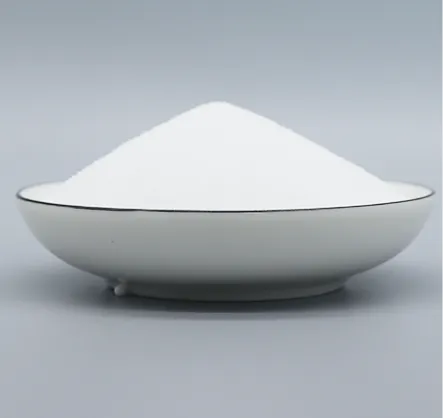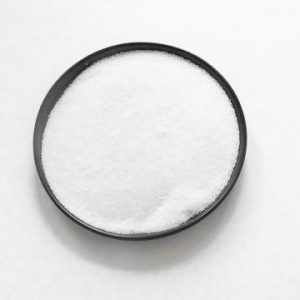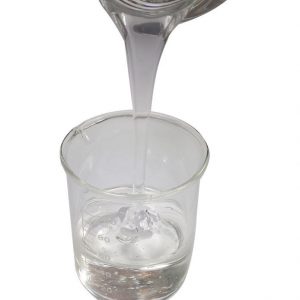Cationic polyacrylamide
EnquiryContact us to get !
- Free design suggestions
- Product Technical details
- Full product catalog
The appearance of polyacrylamide:
Solid polyacrylamide is white or yellowish particles or powder; colloidal polyacrylamide is colorless or yellowish colloid.
Molecular weight: according to user requirements, the relative deviation from the nominal value is less than 10%.
Degree of hydrolysis: the relative difference between the degree of hydrolysis and the nominal value is less than 2%, or provided according to user requirements; for Nonionic products, the degree of hydrolysis is not more than 5%.
A brief introduction to the action principle of polyacrylamide:
1) the principle of flocculation: when PAM is used for flocculation, it is related to the surface properties of the flocculants, especially the potentiodynamic potential, viscosity, turbidity, and PH value of the suspension. The electrokinetic potential on the surface of particles is the reason for the inhibition of particle aggregation. The addition of PAM with an opposite surface charge can reduce the dynamic potential and agglomerate.
2) adsorption bridging: PAM molecular chains are fixed on the surfaces of different particles, and polymer bridges are formed between the particles, which make the particles form aggregates and settle.
3) Surface adsorption: various adsorption of polar group particles on PAM molecules.
4) enhancement: PAM molecular chain and dispersed phase through a variety of mechanical, physical, chemical and so on.
The role of polyacrylamide:
1:PAM can make the suspended matter through electric neutralization, bridge adsorption, and play the role of flocculation.
2: it can be bonded by mechanical, physical and chemical action.
3:PAM can effectively reduce the friction resistance of the fluid, and the resistance can be reduced by 50% by adding a small amount of PAM to the water.
4:PAM can thicken under both neutral and acid conditions, and PAM is easy to be hydrolyzed when the PH value is above 10.
When the structure is semi-reticular, the thickening will be more obvious.
Application of polyacrylamide.
1) for sludge dewatering, the corresponding model of this product can be selected according to the sludge properties, which can effectively carry out sludge dewatering before the sludge enters the pressure filtration. when dewatering, the flocs are large, the filter cloth is not glued, the mud cake is thick, and the dewatering efficiency is high, and the moisture content of the mud cake is less than 80%.
2) used for the treatment of domestic sewage and organic wastewater, the product is positive in mixed or alkaline media, so it is very effective to flocculate and precipitate the negatively charged suspended particles in the sewage.
Such as grain alcohol wastewater, papermaking wastewater, municipal sewage treatment plant wastewater, brewery wastewater, monosodium glutamate factory wastewater, sugar wastewater, high organic content wastewater, feed wastewater, textile printing and dyeing wastewater, etc., the effect of cationic polyacrylamide is several or tens of times higher than that of anion, Nonionic polyacrylamide or inorganic salt, because this kind of wastewater is generally ancharged.
3) the flocculant used for the treatment of tap water with river water as water source has the advantages of low dosage, good effect and low cost, especially when combined with inorganic flocculant. It will become a high efficient flocculant for waterworks in the Yangtze River, Yellow River and other basins.
4) strengthening agents and other auxiliaries for papermaking.
5) used in oil field classics study auxiliaries, such as clay anti-swelling agent, oil field acidizing thickener.
Application characteristics of polyacrylamide.
1) flocculation: PAM can make the suspended matter through electricity neutralization, bridge adsorption, and play a flocculating role.
2) Adhesion: it can be bonded by mechanical, physical and chemical action.
3) drag reduction: PAM can effectively reduce the friction resistance of the fluid, and the resistance can be reduced by 50% by adding a small amount of PAM to the water.
4) thickening: PAM can thicken under both neutral and acid conditions, and PAM is easy to be hydrolyzed when the PH value is above 10.
When the structure is semi-reticular, the thickening will be more obvious.



